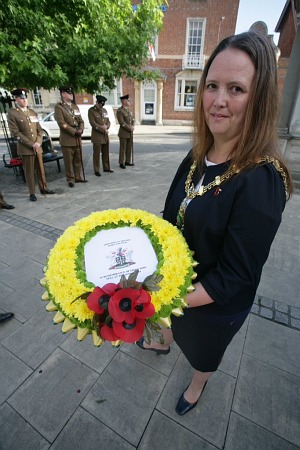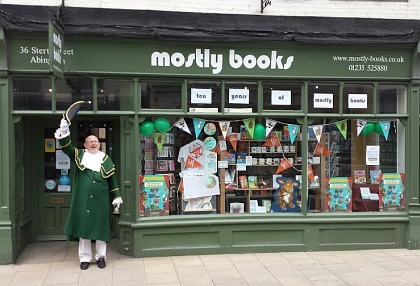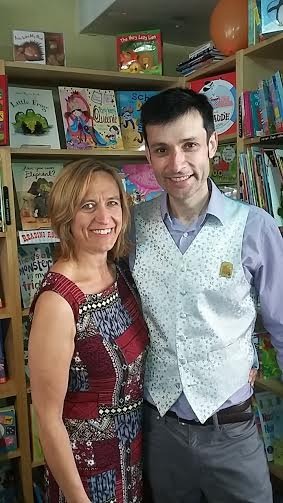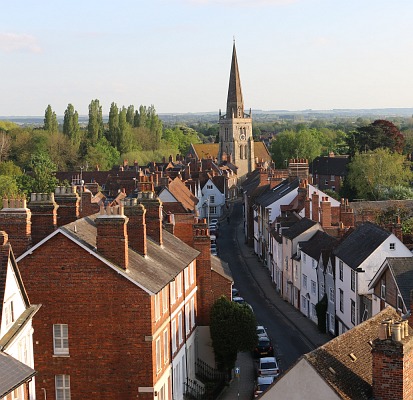As part of the Oxford Science Festival there have been a series of talks at the Amey Theatre at Abingdon School over the last few days.
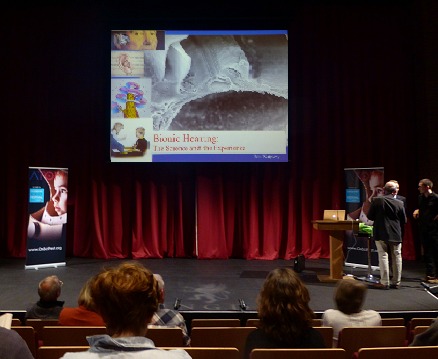
On Saturday evening we went to hear Professeur Ian Shipsey talk on ‘Bionic Hearing:The Science and the Experience’.
The most common cause of deafness is damage to the sensitive hairs of the inner ear (cochlea). For most people with hearing loss a hearing aid is the best and cheapest remedy and works by amplifying sound. For people with severe hearing loss, the cochlear implant or “bionic ear” developed in the late 1990s is the best approach. Over 200,000 people worldwide have regained their hearing using this device. An external microphone and digital sound processor transmit sound to an internal receiver that sends signals to 10 electrodes implanted into different points on the cochlear from high to low tones.
As one of the beneficiaries Professeur Ian Shipsey spoke movingly about regaining his hearing in 2002, after 12 years of deafness, and hearing his child’s voice for the first time. Professeur Shipsey is a Professeur of Physics but he hopes by doing these lectures on Cochlear Implants to reach others who can benefit from the procedure.
It was fascinating to hear sentences spoken, and music played, as he hears them with his implant.
